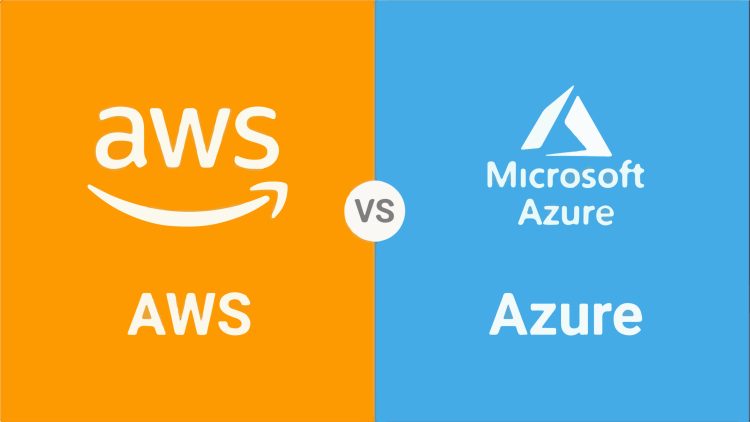Amazon Web Services (AWS) and Microsoft Azure are two of the most popular public cloud service providers. AWS has been the leader in the market for a long time and offers a broader range of services, while Azure is quickly catching up and is known for its strong integration with Microsoft’s other products.
Both platforms offer similar features, but the differences come down to pricing, support, and integration capabilities. Ultimately, the choice between AWS and Azure depends on the organization’s specific needs, including a budget, existing IT infrastructure, and technical expertise.
We will disclose some of the key features in this blog and assist you in choosing the best platform for you.
Integration

AWS and Azure are two of the most popular public cloud service providers available in the market today. AWS has become better linked with the open-source community, offering a more comprehensive range of open-source integrations, such as Jenkins and GitHub, making it more attractive to developers. Furthermore, AWS has also made Linux servers more user-friendly, providing better support for Linux-based operating systems.
Conversely, Azure offers native support for Windows developer software, including SQL Server, VBS, and Active Directory. This makes it an attractive choice for organizations heavily relying on Microsoft software. Although Microsoft has not always been known for its open-source support, Azure is now catching up with the ability to run Apache Hadoop clusters and Red Hat Enterprise Linux. Additionally, .net applications work seamlessly on Azure, making them an ideal choice for .net developers.
AWS and Azure have unique strengths, and choosing the right provider depends on your organization’s specific needs and requirements. Organizations looking for more open-source integration and support for Linux-based operating systems may prefer AWS. At the same time, those who rely heavily on Microsoft software may find Azure to be a better fit.
Storage

When it comes to storage, AWS and Azure both offer a range of options. AWS provides temporary storage for instances and blocks storage that can be attached to or separated from an instance. S3 is a popular choice for database storage, while Glacier is often used for data archiving. AWS supports relational, NoSQL, and extensive data databases.
Similarly, Azure provides temporary D drive storage, as well as Page Blobs for file storage of virtual machines. Block Blobs and files are also used for object storage. Azure supports relational databases through Azure SQL and offers NoSQL options through Azure Table and Azure HDInsight. In addition, Azure offers recovery platforms, import/export options, and Azure Backup for further archiving and recovery.
Overall, both AWS and Azure provide a range of storage options to suit different needs and use cases.
Computing Power

AWS and Azure have different approaches to creating and launching virtual machines (VMs) in the cloud. AWS allows users to customize their VMs by selecting the power, size, capacity, memory, and number of virtual machines. Users can also choose from various regions and availability zones to launch their VMs.
On the other hand, Azure users choose a pre-configured Virtual Hard Disk (VHD) to build their VMs, which Microsoft, the user, or a third party can provide. The user must specify the number of cores and memory required for the VM. AWS and Azure offer scalable and flexible options for creating and launching VMs in the cloud, allowing users to adjust their computing resources based on their business needs easily.
Network

AWS and Azure both offer solutions for creating virtual networks in the cloud. AWS provides a Virtual Private Cloud (VPC), enabling users to build independent networks in the cloud. Users can create route tables and sub-networks and assign private IP addresses and network gates within the VPC.
On the other hand, Microsoft’s solution for virtual networks is Virtual Network (VNET), which allows users to create remote and sub-networks and specify IP address ranges, route tables, and network gateways.
Both AWS and Azure also offer solutions to extend the cloud to on-site data centers and provide firewall options for added security. The selection between the two would be based on the individual requirements and inclinations of the user.
User Friendly

AWS and Azure offer different approaches to cloud computing that may suit various business needs. AWS provides a broad range of functionality and configurations that require a bit more knowledge and understanding of the system. However, this versatility allows for many integrations with third-party tools and services.
On the other hand, Azure is a Windows-based platform that may be easier to use for Windows admins. It integrates well with Windows servers and software such as SQL and Active Directory, making it ideal for hybrid environments. Azure also offers a user-friendly interface that requires less of a learning curve than AWS. Ultimately, the choice between AWS and Azure depends on the specific needs and preferences of the business.
Orchestration and containers

AWS and Azure are constantly improving their services to meet new customer demands. Amazon invests heavily in adding new features and tools, resulting in more mature analytical services such as AWS Elastic Map Reduction for Hadoop support. AWS also offers tools and features for machine learning, IoT, and Docker support, allowing customers to create mobile apps or high-performance computing environments according to their specific needs.
Similarly, Microsoft has a good track record of meeting new demands, with help from Hadoop to Azure HDInsight. Windows Server 2016 includes Docker functionality for both Windows and Hyper-V containers. Azure can run both Windows and Linux containers, making it a strong competitor to AWS. Both cloud service providers offer extensive services to cater to the varying needs of businesses and continue to improve and innovate to stay ahead in the market.
Conclusion

Both AWS and Azure offer a wide range of cloud services, and while they may have some similar features, they also have their unique strengths. AWS is known for its extensive support for open-source integrations, offering a variety of open-source tools and platforms. AWS also provides robust analytical services and machine learning tools, making it an excellent choice for companies working with big data.
On the other hand, Azure is a Windows-based platform and is particularly well-suited for companies that use Microsoft products. It also offers strong support for running both Windows and Linux containers. Ultimately, the choice between AWS and Azure will depend on a business’s specific needs and preferences.




